Step-by-Step Guide: How to Calibrate a Torque Wrench at Home

A torque wrench is an important tool for any mechanic or DIY enthusiast. It allows you to tighten bolts with precision, ensuring that they are neither over-tightened nor under-tightened. However, just like any tool, a torque wrench can lose its accuracy over time and usage. That’s why it’s important to calibrate your torque wrench regularly to ensure its readings are reliable.
In this step-by-step guide, we will show you how to calibrate a torque wrench at home. While it’s recommended to have your torque wrench calibrated by a professional, this guide will help you understand the process and perform a basic calibration on your own. Please note that this guide is meant for torque wrenches with adjustable settings.
Step 1: Check the torque wrench manufacturer’s instructions
Before you start calibrating your torque wrench, it’s important to familiarize yourself with the manufacturer’s instructions. Each torque wrench may have specific requirements or recommendations, so make sure to read the manual thoroughly. This will ensure that you have the necessary tools and parts for the calibration process.
Step 2: Gather the required tools
To calibrate your torque wrench, you will need a few tools and accessories. These may include a torque wrench calibration tool or a trusted calibrated torque wrench for comparison, a vise or clamp, a weight or load cell, a wrench to attach the weight or load cell, and a digital or analog torque wrench tester. It’s important to use high-quality tools and accessories to ensure accurate calibration results.
Step 3: Prepare the torque wrench for calibration
Before you calibrate the torque wrench, make sure it is clean and free from any debris or contaminants. Wipe it down with a clean cloth or use compressed air to remove any dirt or dust. Verify that the torque wrench is set to its lowest torque setting or the setting specified in the manufacturer’s instructions for the calibration process. This will provide a baseline reading for calibration purposes.
Step 4: Perform the calibration
To start the calibration process, place the torque wrench in the vise or clamp, ensuring that it is securely held in place. Attach the weight or load cell to the torque wrench’s square drive or attach the torque wrench tester, depending on the calibration method you are using. Apply a known torque load to the torque wrench by using the weight or load cell, or following the instructions of the torque wrench tester. Compare the reading on the torque wrench to the known torque load, and make any necessary adjustments to the torque wrench settings.
Step 5: Verify the calibration
Once you have adjusted the torque wrench settings, perform multiple calibration tests to ensure its accuracy. Apply the known torque load to the torque wrench multiple times and compare the readings each time. If the readings are consistently within an acceptable range, your torque wrench is calibrated properly. However, if there are significant variations, you may need to make further adjustments or consider professional calibration.
Remember, calibrating your torque wrench is essential to ensure accurate and reliable torque readings. By following this step-by-step guide, you can perform a basic calibration at home. However, if you are unsure or uncomfortable with the process, it’s always recommended to seek professional calibration services.
What is a Torque Wrench?
A torque wrench is a precision tool used to apply a specific amount of torque to a fastener, such as a bolt or nut. It is an essential tool for many industries and applications where accurate torque application is critical, such as automotive, aerospace, and construction.
The torque wrench consists of a handle, a ratchet, and a calibrated torque scale. The handle is used to apply a twisting force, while the ratchet allows for both tightening and loosening of fasteners. The calibrated torque scale on the wrench indicates the amount of torque being applied, which is usually measured in foot-pounds or Newton-meters.
There are several types of torque wrenches available, including beam type, click type, dial type, and digital torque wrenches. Each type has its own advantages and is suited for different applications.
Types of Torque Wrenches

- Beam type: This type of torque wrench uses a calibrated lever arm and indicator to show the amount of torque being applied. It is simple, reliable, and does not require calibration.
- Click type: Click type torque wrenches feature a clutch mechanism that produces an audible click sound when the desired torque is reached. This provides a tactile and audible indication to the user.
- Dial type: Dial type torque wrenches have a gauge-like dial that displays the applied torque. They offer a visual representation of torque and are often used in applications where a precise reading is required.
- Digital torque wrench: Digital torque wrenches provide a digital display of the applied torque. They often have additional features such as memory storage and can be more precise than other types.
Regardless of the type, torque wrenches need to be calibrated regularly to ensure accurate torque application. This can be done at home using a calibration tool or by sending the wrench to a professional calibration service.
Proper use and calibration of a torque wrench are essential for maintaining the integrity and safety of fastened components. It is important to follow the manufacturer’s instructions and guidelines when using a torque wrench to avoid overtightening or undertightening fasteners.
Why is Calibration Important?
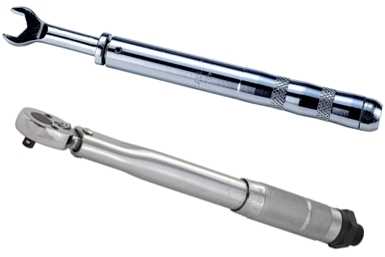
Calibration is an essential aspect of maintaining the accuracy and reliability of a torque wrench. Here are a few reasons why calibration is important:
- Accuracy: Calibration ensures that the readings on a torque wrench are accurate and reliable. This is crucial when working with tight tolerances or torque-sensitive applications. A calibrated torque wrench provides confidence that the specified torque is applied correctly.
- Safety: Using an uncalibrated torque wrench can lead to under-tightened or over-tightened fasteners, which can result in mechanical failures, equipment damage, or accidents. Calibration helps prevent such incidents by ensuring that the torque wrench is operating within the specified range.
- Compliance: For industries that require adherence to specific standards and regulations, calibration is necessary to demonstrate compliance. Regulatory bodies may require proof of calibration to ensure quality control and accuracy.
- Maintenance: Regular calibration helps identify any potential issues with a torque wrench before they become significant problems. It allows for preventive maintenance and adjustment, which can extend the lifespan of the tool and reduce the risk of unexpected failures.
- Consistency: Calibration ensures that torque wrenches provide consistent results over time. It eliminates variations in measurements due to wear and tear or environmental factors, allowing for repeatable and reliable torque application.
- Quality Control: Calibration is a critical part of quality control processes in manufacturing and assembly. It helps ensure that products meet the required specifications, minimize product recalls, and maintain customer satisfaction.
In conclusion, calibration plays a vital role in the accurate, safe, and reliable operation of torque wrenches. It is essential for precision, compliance, maintenance, consistency, and quality control, making it a practice that should not be overlooked.
Step 1: Gather the Tools
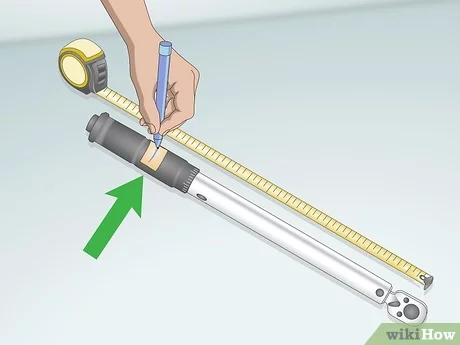
Before you begin calibrating your torque wrench, it’s important to gather all the necessary tools and equipment to ensure a smooth and accurate process. Here is a list of tools you will need:
- A known calibrated torque wrench: It’s essential to have a torque wrench that is already calibrated and accurate. This will serve as your reference wrench during the calibration process.
- An adjustable wrench: This will be used to adjust the torque wrench during calibration.
- A Torque tester or Torque calibration tool: This is used to measure the torque applied by the wrench and verify its accuracy.
- A socket set: You will need a set of sockets that fit the different bolts and nuts you plan to calibrate with your torque wrench.
- A torque conversion chart: This is helpful if you are working with different units of torque measurement and need to convert between them during the calibration process.
- A clean and flat work surface: It’s important to have a clean and stable surface to work on to ensure accurate readings during calibration.
- Clean, lint-free rags: These are necessary for cleaning and wiping down the torque wrench and other tools to keep them free from dirt and debris.
- A notepad and pen: It’s helpful to have a notepad and pen handy to record your calibration measurements and any adjustments made during the process.
Make sure you have all these tools and equipment ready before proceeding to the next step of calibrating your torque wrench.
Torque Wrench Calibration Kit
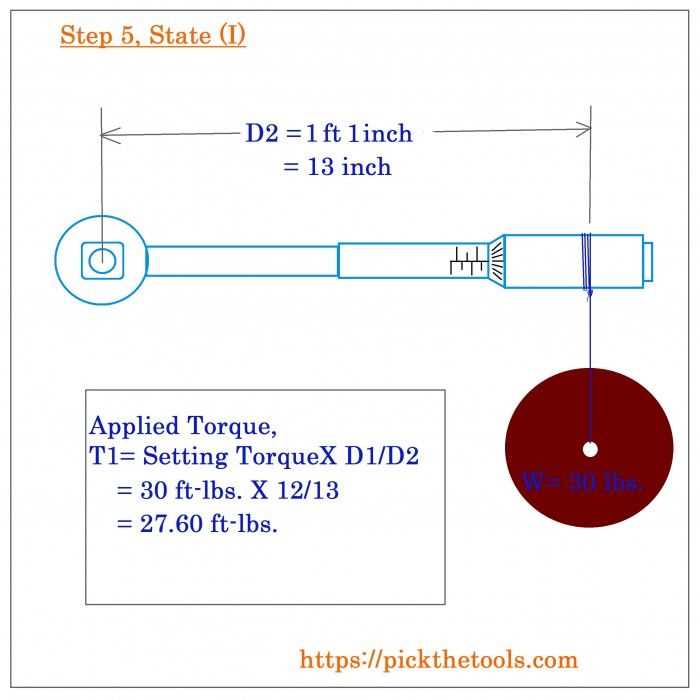
A torque wrench calibration kit is an essential tool for maintaining the accuracy of your torque wrench. It allows you to verify and adjust the calibration of your torque wrench, ensuring that it provides accurate torque measurements and preventing over-tightening or under-tightening of fasteners. Here are some key components that you will find in a typical torque wrench calibration kit:
1. Calibration Equipment
- Calibration Bench: A sturdy and level work surface specifically designed for torque wrench calibration. It usually includes features such as adjustable heights, fixtures, and reference tools for accurate calibration.
- Torque Transducer: A device that measures and verifies the torque output of your torque wrench. It provides a reference point to compare the readings of your torque wrench and make necessary adjustments.
- Calibration Standards: Known torque values that are used to calibrate your torque wrench. These standards come in various forms, such as torque wrench adapters, calibration blocks, or torque testing machines.
2. Adjustment Tools
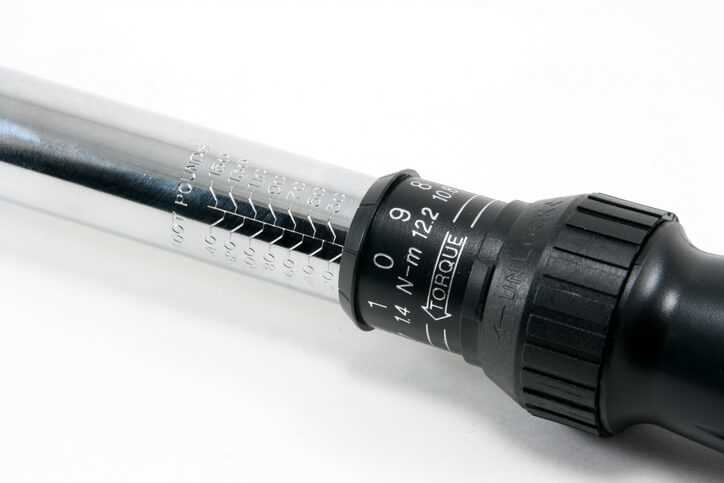
- Allen Wrenches: Commonly used to adjust the torque wrench’s internal tension mechanism. These wrenches enable you to tighten or loosen specific screws or bolts to reach the desired torque setting.
- Set-Screw Tool: A specialized tool used to adjust the torque wrench’s set-screw, which determines the torque accuracy. It allows you to make fine adjustments to ensure that the torque wrench measures torque accurately.
3. Calibration Documentation
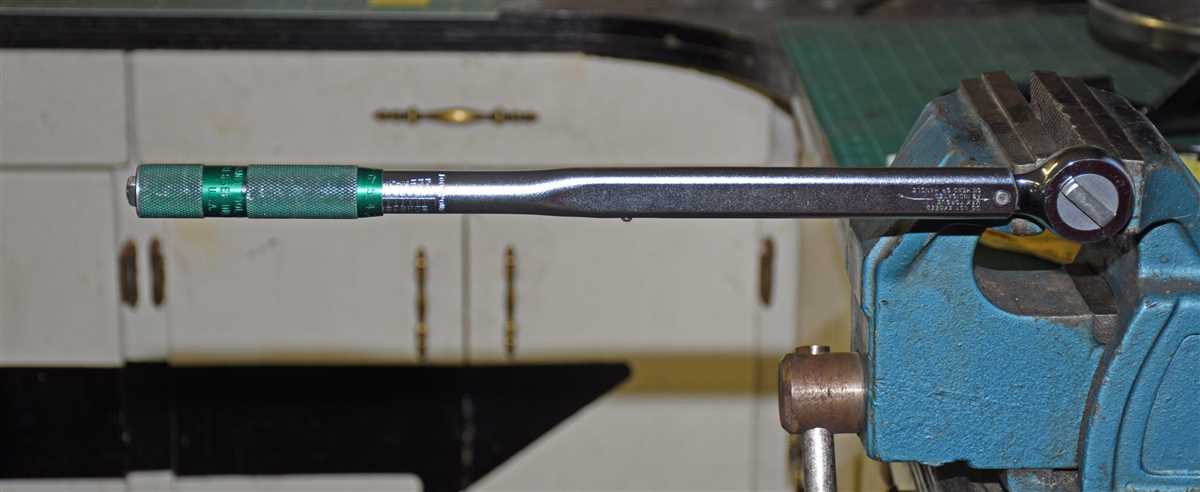
- Calibration Certificate: A document provided by the calibration equipment manufacturer or a certified calibration laboratory. It confirms that the torque wrench calibration kit has been properly calibrated and meets the required standards.
- Calibration Logbook: A record-keeping tool used to document the calibration process, including date, torque values, adjustments made, and the person performing the calibration. It helps you track the performance of your torque wrench and maintain a history of its calibration.
4. Safety Equipment
- Protective Gloves: Essential for handling the torque wrench calibration kit components safely. They protect your hands from accidental injuries and ensure a secure grip while making adjustments.
- Safety Glasses: Eye protection is crucial when working with torque wrenches and calibration equipment. Safety glasses shield your eyes from potential hazards, such as flying debris or accidental tool slips.
A torque wrench calibration kit provides you with all the necessary tools and equipment needed to calibrate your torque wrench accurately. Regular calibration using this kit will help you maintain the performance and reliability of your torque wrench, ensuring precise torque application and preventing costly measurement errors.
Other Required Tools
- Socket Set: You will need a socket set that matches the size of the torque wrench. This will be used to remove the bolts or nuts that need to be tightened or loosened.
- Torque Tester: A torque tester is a device used to measure the amount of torque applied by the wrench. This tool is essential for calibrating your torque wrench accurately.
- Calibration Certificate: Some torque testers may require a calibration certificate to ensure their accuracy. Check the specifications of your torque tester to determine if a certificate is necessary.
- Calibration Weights: Calibration weights are used to verify the accuracy of the torque tester. These weights should be certified and traceable to a national standard to ensure reliable results.
- Adjusting Tool: Some torque wrenches may come with an adjusting tool that allows you to make small adjustments to the torque settings. If this tool is not included, you may need to purchase one separately.
- Protective Gear: It is important to wear protective gear, such as safety glasses and gloves, when working with equipment that involves applying force. This will help prevent any injuries that may occur during the calibration process.
Step 2: Prepare the Torque Wrench
Before calibrating your torque wrench, it is important to ensure that it is prepared and ready for the task. Follow these steps to prepare your torque wrench:
- Clean the wrench: Start by cleaning the torque wrench to remove any dirt, debris, or oil that may interfere with the calibration process. Use a clean cloth or towel to wipe down the entire wrench, paying close attention to the working parts.
- Check for any physical damage: Inspect the torque wrench for any signs of physical damage, such as cracks, dents, or visible wear and tear. If you notice any damage, it is important to have it repaired or replaced before attempting to calibrate.
- Verify the wrench’s accuracy: Check if your torque wrench has a calibration certificate or a date of last calibration. If it has been a while since the last calibration or if you are unsure of the accuracy, it would be beneficial to send it to a professional calibration facility for testing.
- Prepare the necessary tools: Gather all the tools and equipment you will need for the calibration process, such as a torque tester, a calibration chart, and any additional accessories or attachments recommended by the wrench manufacturer.
Once you have completed these steps, you are ready to proceed with calibrating your torque wrench in the next step.
Clean the Wrench
Before calibrating your torque wrench, it’s important to clean it properly. This ensures that there is no dirt or debris interfering with the accuracy of the readings. Follow these steps to clean your wrench:
- Begin by wiping down the exterior of the wrench with a clean cloth or paper towel. Remove any surface dirt or dust.
- Inspect the handle and ratchet mechanism for any visible dirt or grime. Use a brush or toothbrush to gently scrub away any stubborn residue.
- If the wrench has been used in a particularly dirty or oily environment, you may need to use a mild detergent or degreaser. Dilute the detergent according to the instructions and apply it to a clean cloth. Use the cloth to thoroughly clean the handle, ratchet mechanism, and any other metal parts.
- Rinse the detergent off with clean water and dry the wrench with a towel.
- Inspect the jaws or socket of the wrench to ensure they are clean and free from any debris. Use a small brush or toothpick to remove any dirt or buildup.
Once your torque wrench is clean and dry, you can proceed with the calibration process. Cleaning your wrench regularly will help maintain its accuracy and extend its lifespan.
Check for Any Damage
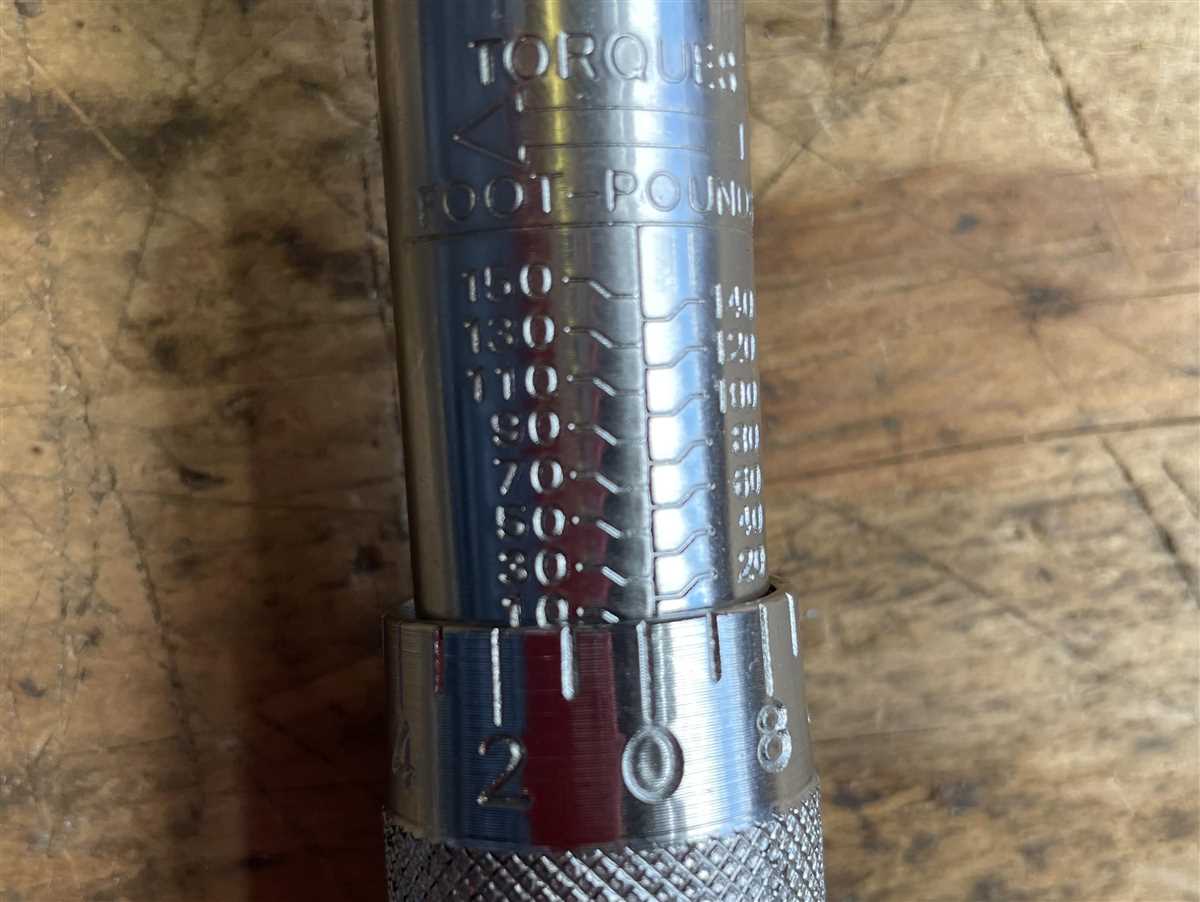
Before calibrating your torque wrench, it is important to check for any damage that may affect its accuracy. This step is crucial as using a damaged torque wrench can lead to incorrect torque values and potential damage to the fasteners or parts being worked on.
Here are some things to look out for when checking for damage:
- Visible signs of wear: Inspect the torque wrench for any signs of wear, such as rust, dents, or scratches. These can indicate that the torque wrench has been mishandled or is old and worn out.
- Loose or damaged components: Check that all the components of the torque wrench, including the handle, head, and ratchet mechanism, are securely fastened and in good condition. Any loose or damaged parts should be repaired or replaced before calibration.
- Misalignment: Make sure that the torque wrench is properly aligned, with the handle and head in a straight line. Misalignment can affect the accuracy of the torque readings.
- Frayed or damaged cables: If your torque wrench has a cable or electronic display, inspect it for any fraying or damage. A damaged cable can affect the performance of the wrench and may need to be replaced.
If you notice any damage or wear during the inspection, it is recommended to have your torque wrench serviced or repaired by a professional before attempting to calibrate it.
Step 3: Set the Calibration Value
Once you have determined the correct torque value for your torque wrench, it is time to set the calibration value on the wrench. This will ensure that the wrench is measuring torque accurately.
Here are the steps to set the calibration value on your torque wrench:
- Refer to the manufacturer’s instructions for your specific torque wrench model, as the process may vary slightly.
- Locate the calibration adjustment mechanism on your wrench. This is typically a small screw or bolt that can be turned to adjust the calibration.
- Using a torque wrench calibration tool or a known calibrated torque wrench, set the adjustment mechanism to the desired calibration value.
- Tighten or loosen the adjustment mechanism as necessary to match the desired calibration value.
- Check the calibration using a torque wrench calibration tool or a known calibrated torque wrench to ensure that the desired value is accurately displayed.
It is important to regularly check and calibrate your torque wrench to ensure accurate torque measurement and prevent any potential errors or inaccuracies.
| TIP 1 | To ensure accuracy, it is recommended to have your torque wrench calibrated by a professional calibration service at least once a year. |
| TIP 2 | Keep a record of each calibration performed on your torque wrench, including the calibration value and date. This will help you keep track of the wrench’s accuracy over time. |
By following these steps and regularly calibrating your torque wrench, you can ensure that your wrench is providing accurate torque measurements for your projects.
Find the Manufacturer’s Specifications
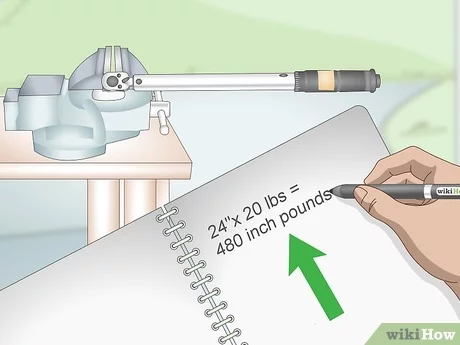
Before calibrating your torque wrench, it is important to find the manufacturer’s specifications for your specific model. These specifications will provide you with the necessary information on the required torque range, accuracy, and calibration method.
To find the manufacturer’s specifications, you can follow these steps:
- Locate the user manual: The user manual is typically provided by the manufacturer when you purchase the torque wrench. It contains detailed information on the specifications and usage guidelines for your torque wrench.
- Check the manufacturer’s website: If you don’t have the user manual or have misplaced it, you can visit the manufacturer’s website. Most manufacturers provide user manuals or product specifications online that you can download and reference.
- Contact the manufacturer: If you are unable to find the necessary information through the user manual or website, you can contact the manufacturer directly. They will be able to provide you with the required specifications or direct you to the appropriate resources.
Once you have obtained the manufacturer’s specifications, make sure to carefully read and understand them. Pay close attention to the torque range, accuracy, and any additional instructions for calibration. These specifications will serve as your guide throughout the calibration process.
FAQ
Why is it important to calibrate a torque wrench?
It is important to calibrate a torque wrench because an inaccurate torque wrench can result in incorrect tightening of fasteners, which can lead to safety issues or damage to the equipment.
Can I calibrate a torque wrench at home?
Yes, you can calibrate a torque wrench at home by following a step-by-step guide and using a calibration tool.
What tools and equipment do I need to calibrate a torque wrench at home?
To calibrate a torque wrench at home, you will need a torque wrench calibration tool, a known weight or torque gauge, and a suitable workspace.
How often should I calibrate my torque wrench?
It is recommended to calibrate a torque wrench at least once a year or after any significant impact or drop that may have affected its accuracy.
What are the steps to calibrate a torque wrench at home?
The steps to calibrate a torque wrench at home include setting up a suitable workspace, attaching the torque wrench calibration tool, applying a known weight or torque, and adjusting the torque wrench until it matches the desired calibration.
Video











